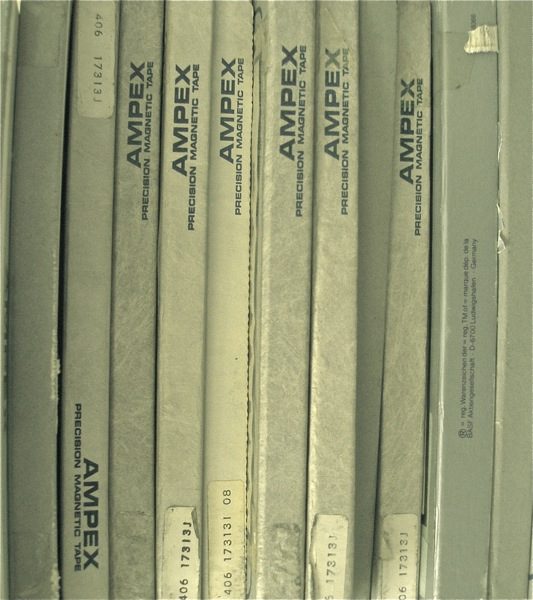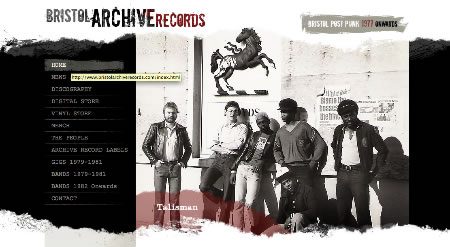We have recently been digitising Betacam SP (‘superior performance’) video recordings, a cassette based component analogue format that is used extensively in the broadcast world. Betacam SP offered fantastic video and audio quality from its introduction in 1986, and a very similar digital cassette, Digital Betacam, is still used now.
Betacam SP was commonly used throughout the ’90s and ’00s and was not threatened with obsolescence as many older formats are. However Betacam VTR machines will soon become very hard to find spares for, thus becoming another threatened video tape format. Luckily at Greatbear we have every type of Betacam machine (PAL and NTSC) available, as well as spare parts (such as head drums), so we are able to migrate analogue formats to digital so they can be utilised by current media practitioners.
The tapes that have inspired this post are public domain tapes from the National Archives in the USA. They feature the tension filled politics of the Cold War, including footage of President John F. Kennedy, missile silos, Stalin, B29s taking off, graphics of the Iron Curtain, air raid warnings and people running into shelters. Collectively they give a powerful impression of Cold War international relations from the perspective of the American government.
The tapes were sent to us by renowned investigative journalist Paul Lashmar and were the raw material for his BBC Timewatch programme Baiting the Bear: How the real life Doctor Strangelove brought us close to Armageddon, aired in 1996.
Paul has covered many of the main news stories of the past 30 years related to terrorism, intelligence, organised crime, offshore crime, business fraud and the Cold War. He has written for newspapers such as the Independent on Sunday, the Guardian and the Evening Standard, is a regular TV and radio broadcaster and a lecturer in journalism at Brunel University.





